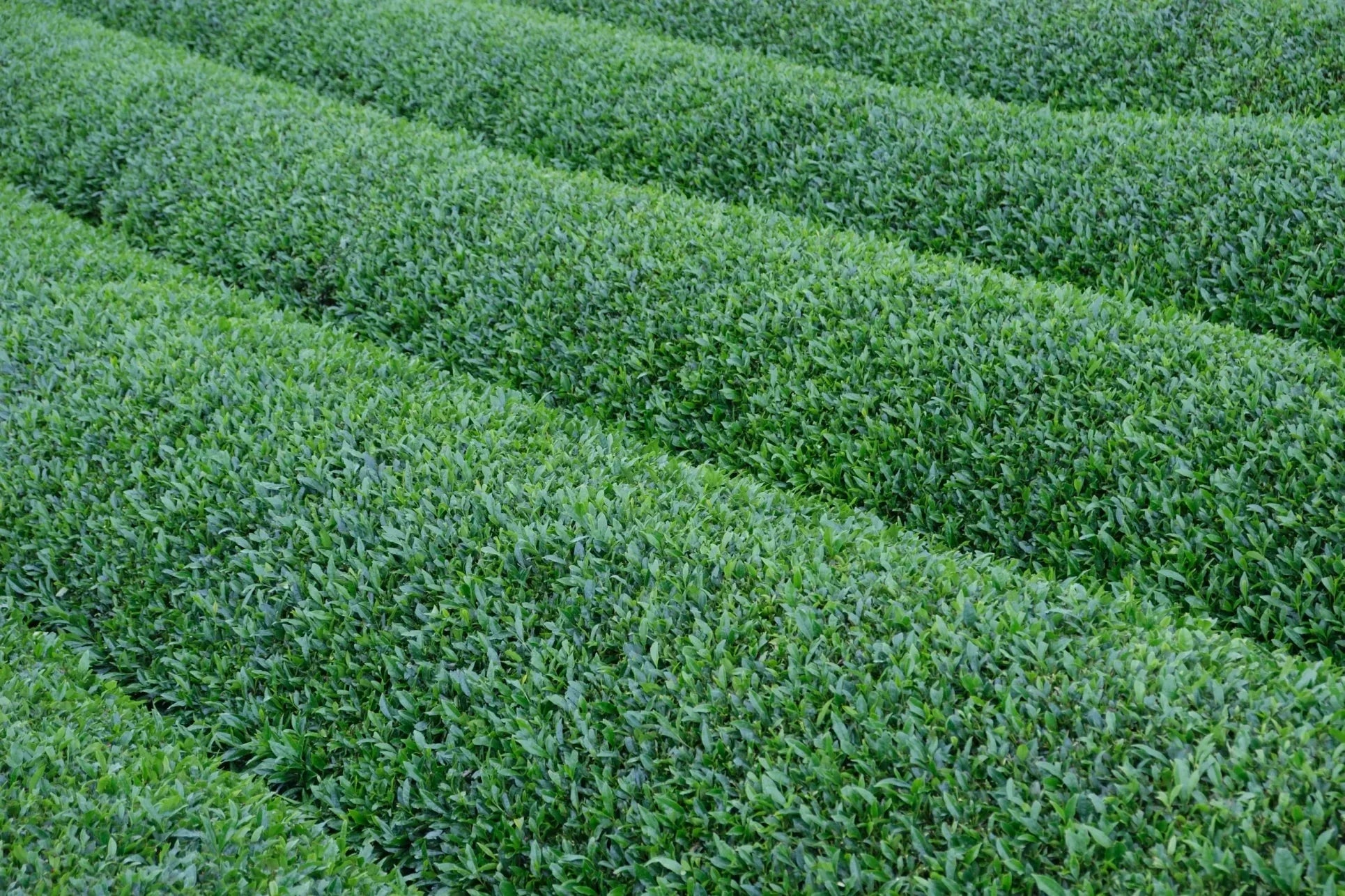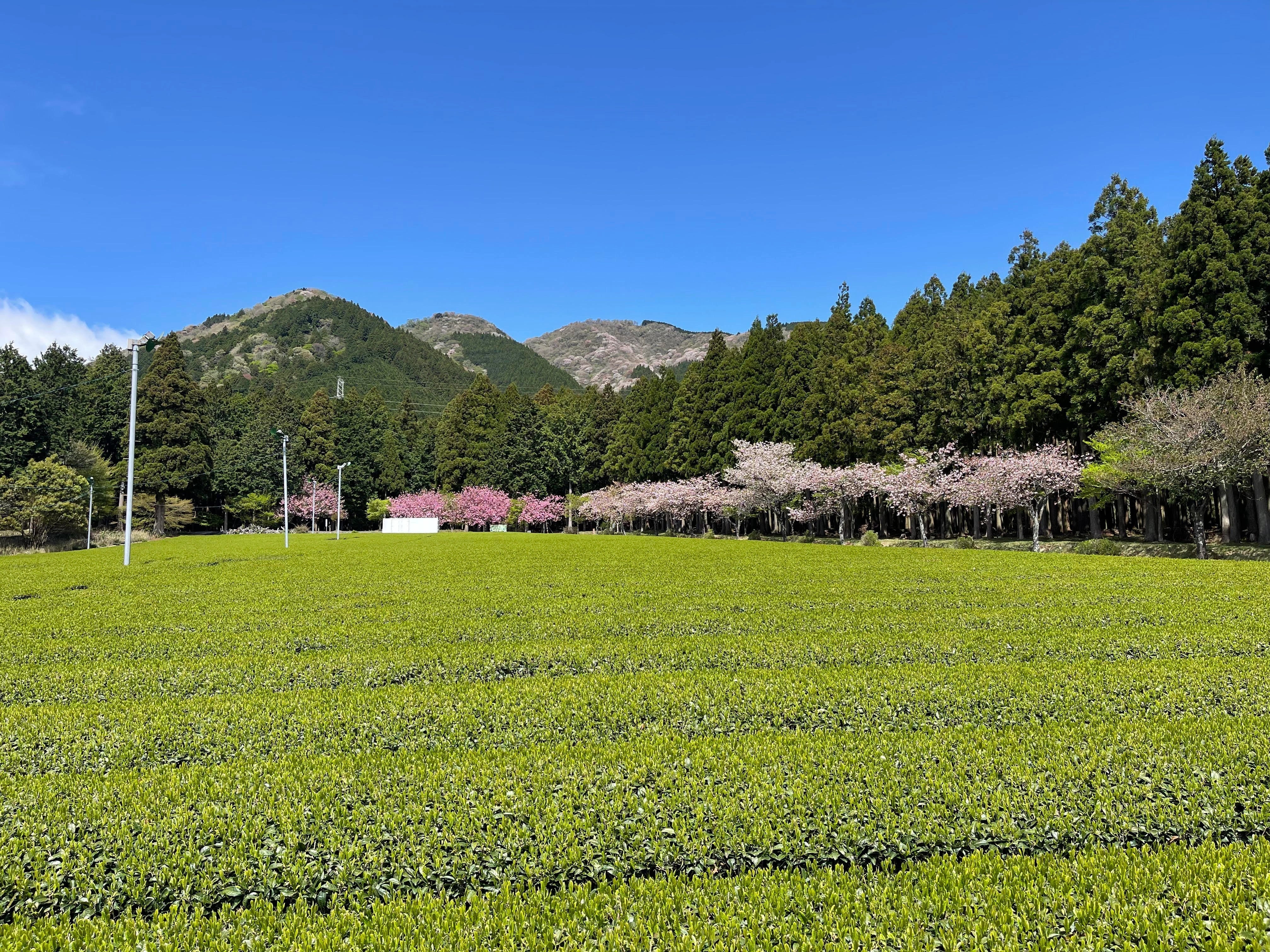You open your matcha and are wondering "Why are there clumps?". Don't throw those out!
If you want your matcha lattes to be smooth, clump-free, and Insta-worthy, then you must whisk your matcha before adding it to your beverages.
Believe it or not, matcha powder has varying particle sizes, and that size depends on the grade of the leaf that is milled and how long it has been grounded for. The finer the powder, the better quality your matcha powder is.
Due to the fine powder matcha is, it tends to clump over time due to static electricity build-up (you might see matcha 'spike' as well!).
But can you prepare matcha without sifting?
Sifting helps with creating a smooth matcha base, it actually will make your matcha milder (if you were planning on drinking a culinary grade which we don't recommend!!).
Matcha does not fully dissolve with water, you'll see matcha settle as "sediment" at the bottom of your cup if you don't drink it straight away. Don't worry, don't feel pressured to drink it all at once! We like to drink ours as Iced Matcha lattes, so we add some more milk or water to "top it up".
If you're like us and are low on time, we find whisking it with our frother
results in a smooth, clump-free, and frothy matcha.
I want to do the traditional way of preparing matcha as I've heard it's the best way to frothy matcha.
If that is your kind of jam. This is a sacred ritual, and we suggest you set some time aside to do this. If you've ever been to a tea ceremony, it's such a meditative experience and we'd recommend you try to incorporate it into your day as part of your self-care routine.
Several factors contribute to having frothy matcha:
- Quality of your matcha: the better quality, the easier it is to froth. If you can't afford ceremonial (which is usually enjoyed with water), that's where our Organic Premium Grade matcha powder comes in. It tastes smooth, mild, and perfect for beginners. It's a vibrant green, so your baking and drinks will look beautifully green as well. On the plus side, it's not as expensive as ceremonial. Ceremonial is comparable to "champagne" and used for well, ceremonials!
- The temperature of your water: teas, in general, shouldn't be brewed in boiling water. Matcha is made from freshly ground tea leaves, they haven't been "cooked" or aggressively heat treated. You want to have your water, hot, around 70 - 80 degrees. Tip, wait for a minute or two after boiling before pouring.
- Sifting: The main topic of this blog. By sifting your matcha to get rid of clumps, you are laying out the best foundation for frothy matcha.
- Preparing your matcha properly: Whisking your matcha and water together first before adding to milk. If you pour milk directly into your matcha, you will get lumps.
- Whisking it right with a bamboo tea whisk (Chasen 茶筅): whisk in 'Z' or 'M' motions. If you whisk in circles, it won't get the same effect.













